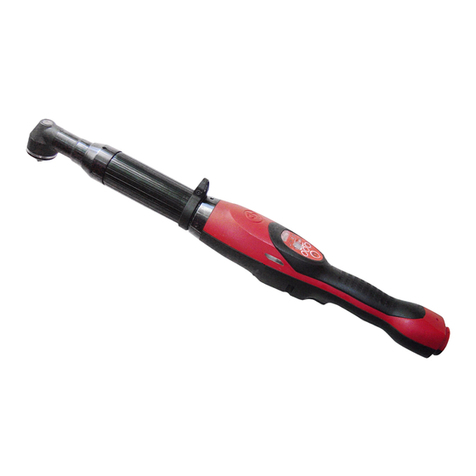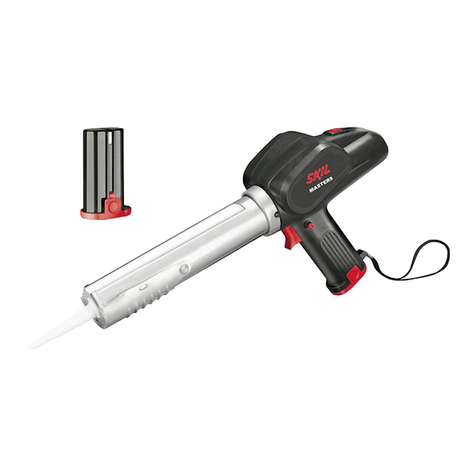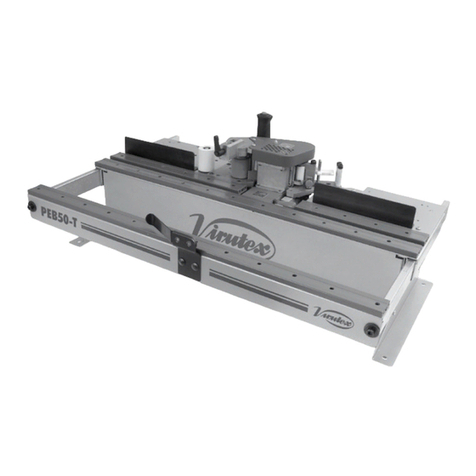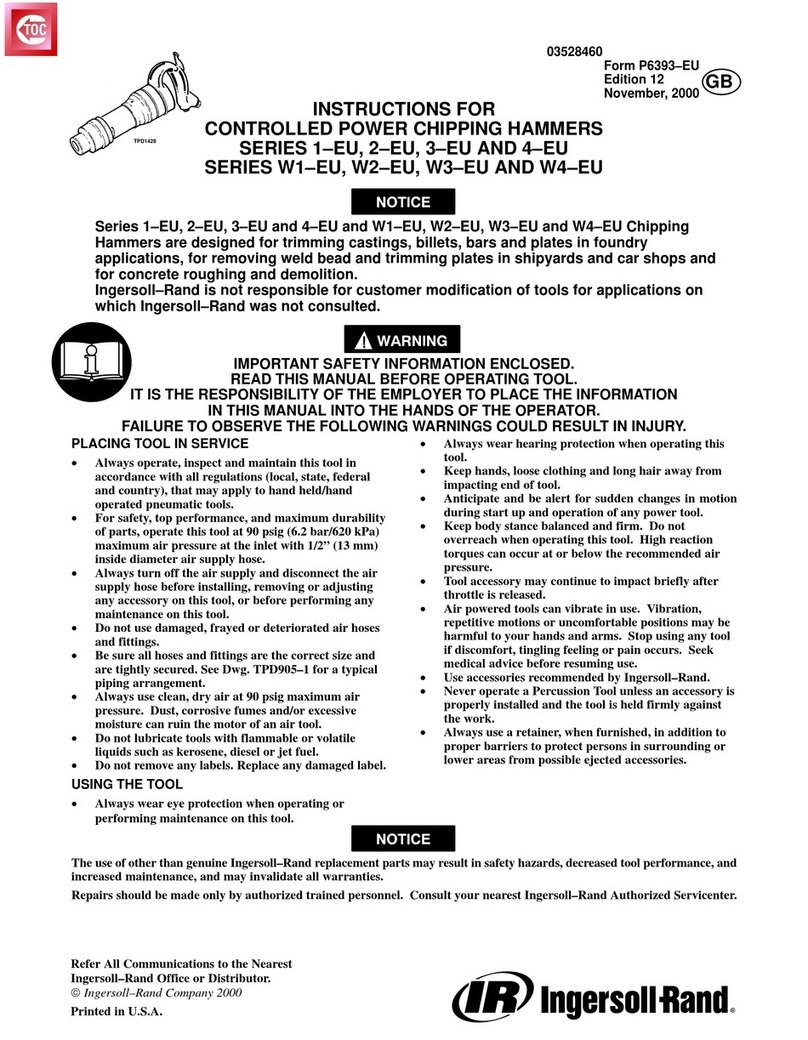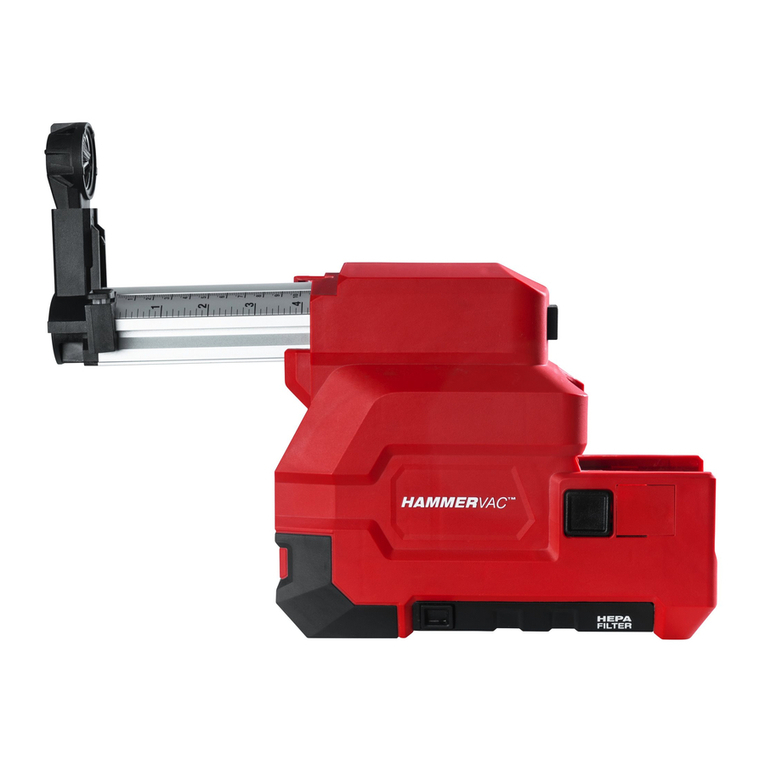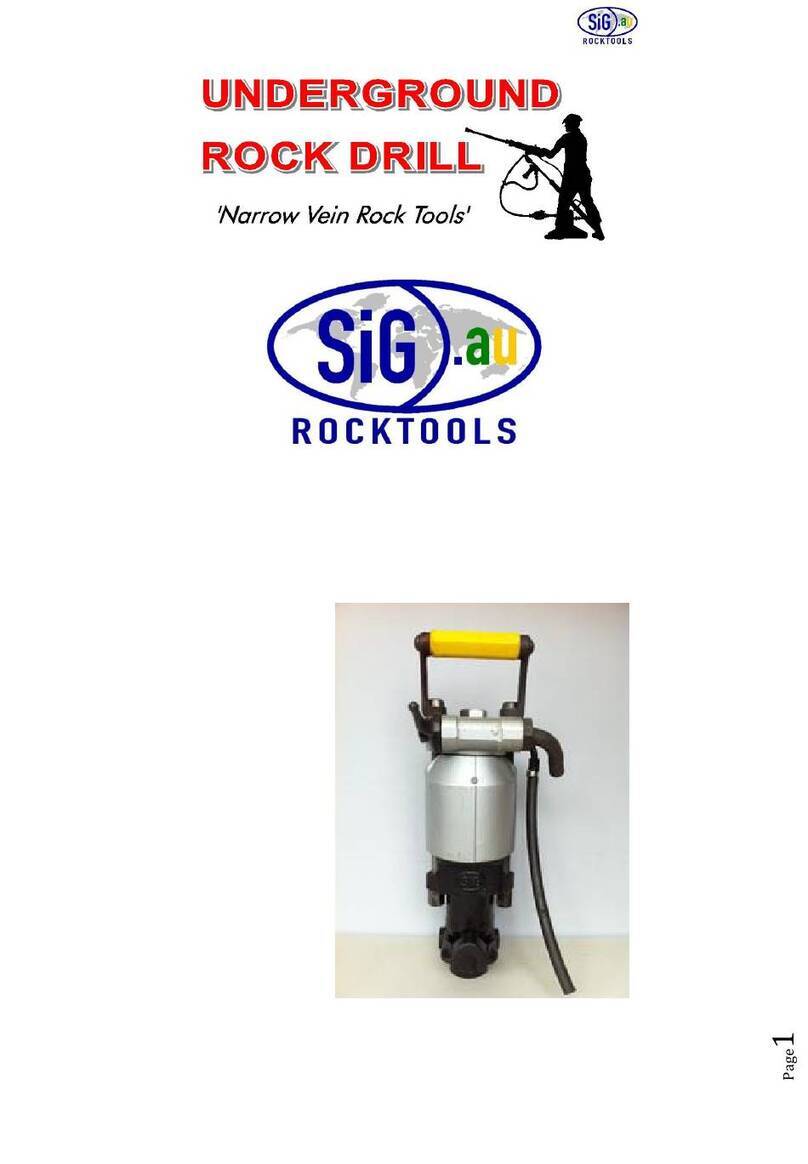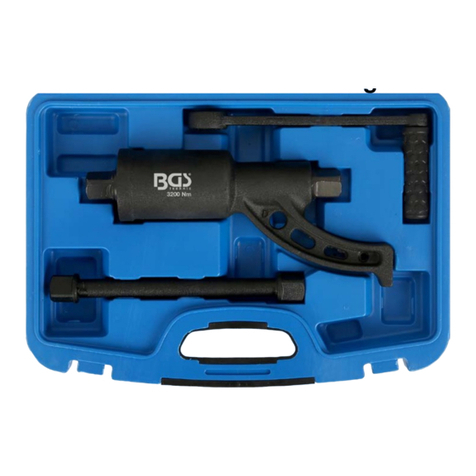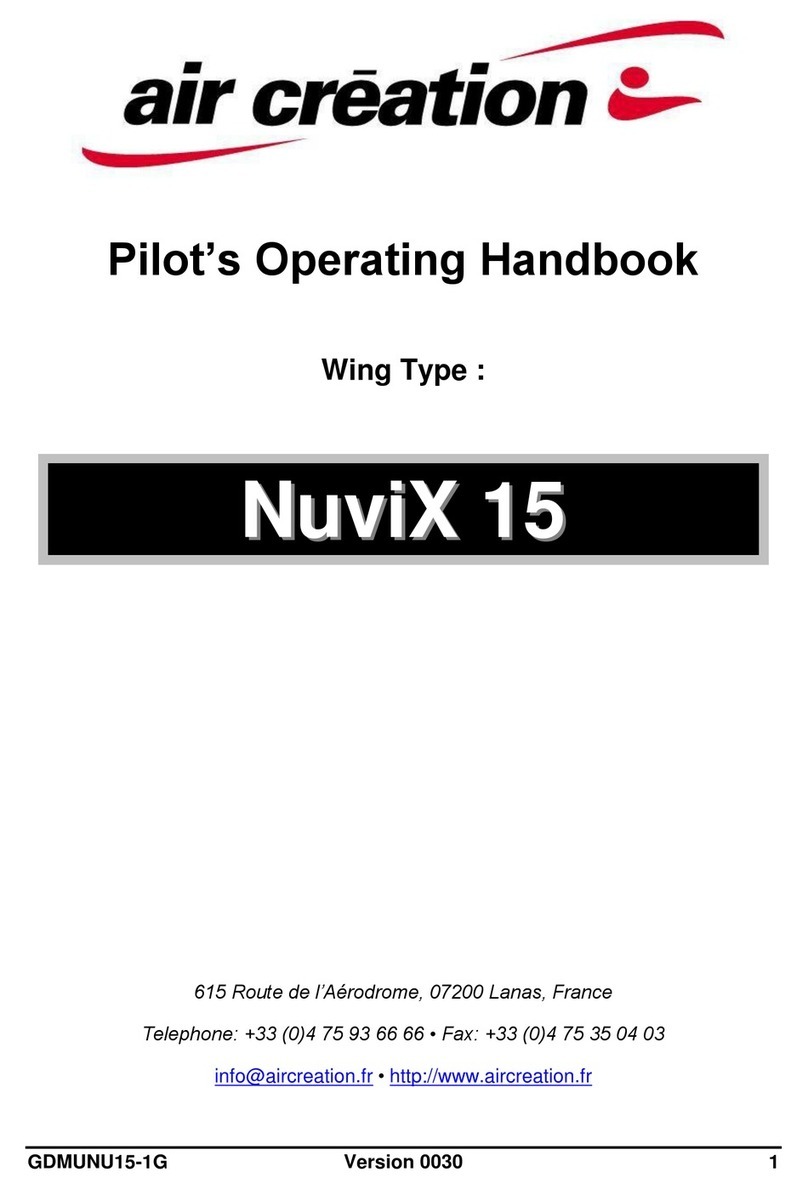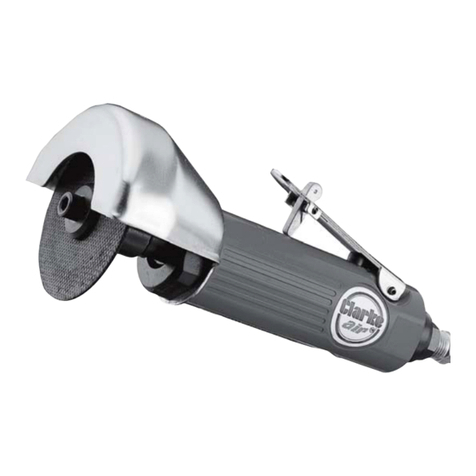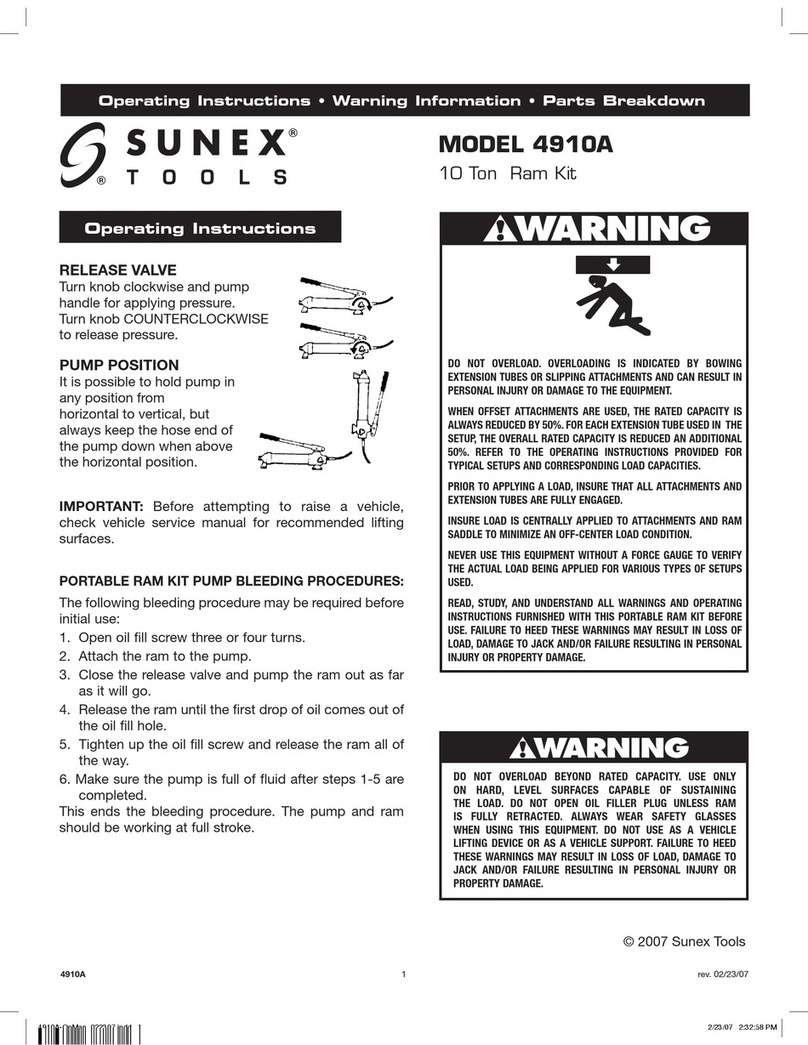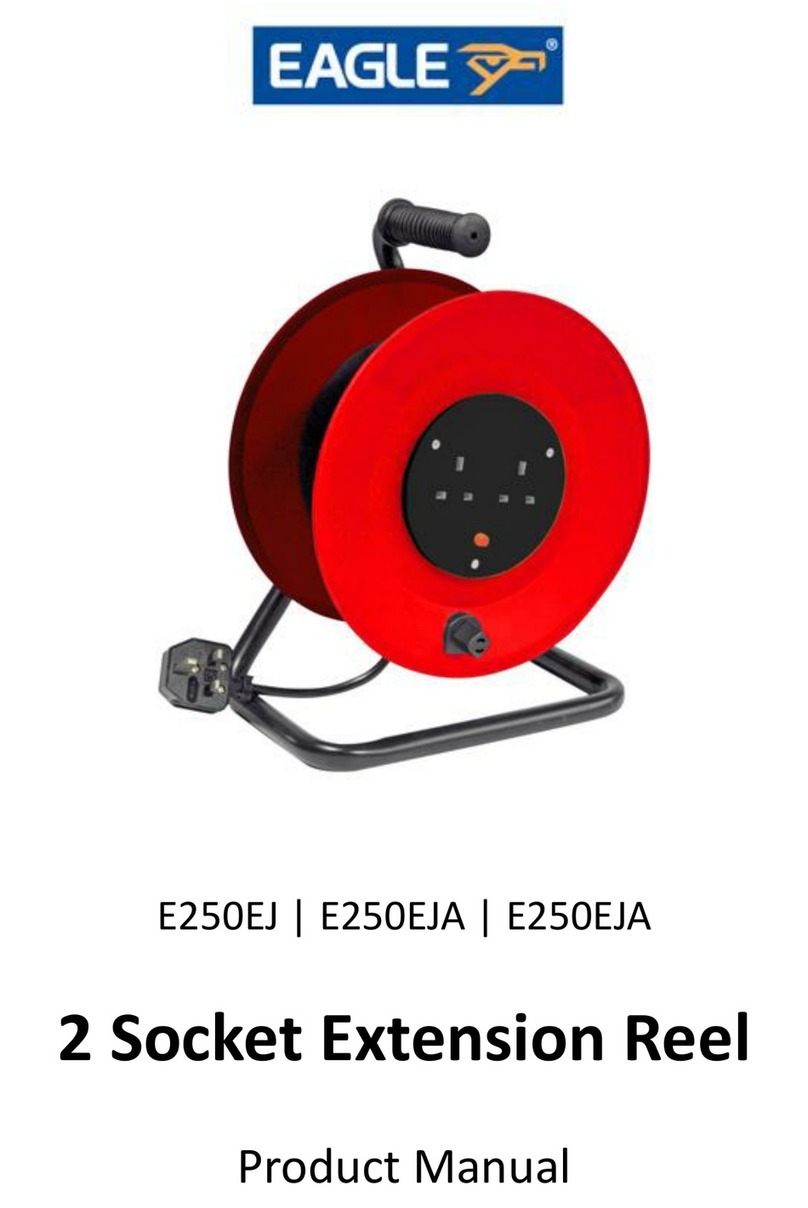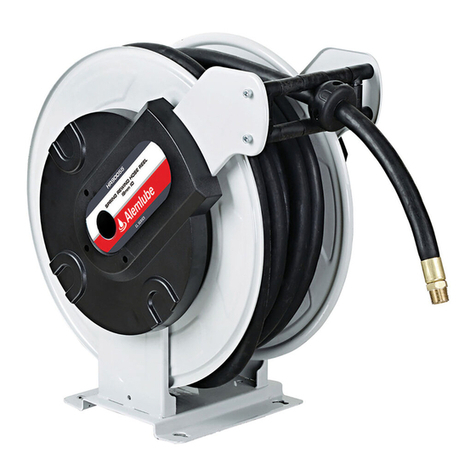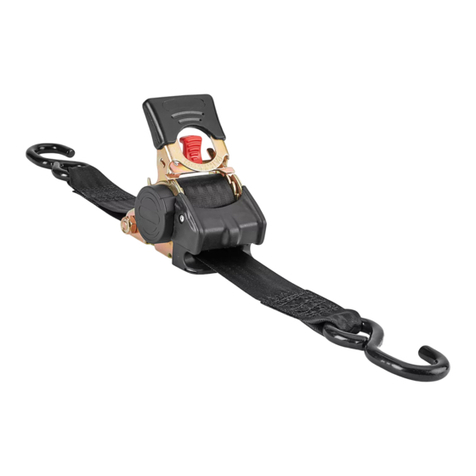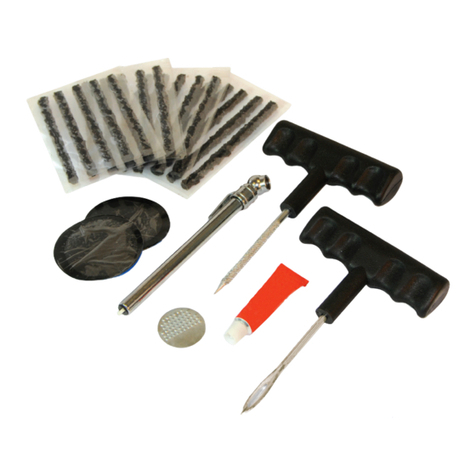PRIS VBT-40 User manual

Vertical Bending Tool
PRIS VBT-40

2
Introduction and technical data
Contents
Introduction 2
Technical data 2
Use 2
Safety 3
Composition 4
Function and control elements 5
Assembly 5
Operating the VBT-40 5
Maintenance 5
Spare parts 5
Disposal and protection
of the environment 5
Warranty 6
Technical data
Type VBT - 40
Bending power:
Flat steel 40x5 mm
Steel rods -
Circular cross section 15 mm
Rectangular
cross section 15 x 15 mm
Steel profiles -
Circular cross section 40 x 40 x 2 mm
Rectangular
cross section 40 x 30 x 2 mm
Weight ca. 8,8kg
Technical and design changes can be made in
further development without a previous
warning. That is why not all dimensions,
notes and information are guaranteed in this
user’s manual. Hence it is not possible to
apply any legal requirements based on this
user’s manual.
Introduction
Thank you for trusting our products. By
purchasing this bending tool, you acquired a
tool that is known for its function. Please
check the machine for missing or damaged
parts first.
Use
The bending tool is required to be used only
with a suitable bench vice. The tool is suitable
for cold bending steel, aluminium, brass and
rods or profiles made of other materials. It is
intended to be used in metalworking and car
repair shops as well as in production of
commercial and non-commercial
constructions. This tool is to be used by adults
only.
The bending tool is to be used only
for jobs described above. PRIS is not
responsible for any damages or injuries
caused by incorrect use of the tool. In such
cases the warranty is void.

3
Safety
Please read and adhere to the
following safety measures and user
instructions. Please keep this user’s
manual close by. Hand it down to all
successors so that the information may
always be available.
Safe working space
- Keep your working space clean.
Malfunction of the tool may lead to
accidents. Do not leave any other
tools or objects in your immediate
workspace. When you are done with
the job, safely store the tool to
prevent injuries to the workers or
damage to the tool.
- Be aware of your surroundings while
working with the tool. Keep away from
children
Make sure that no one is in your
immediate workspace. Children
under the age of 16 are not allowed to
use the bending tool. Adolescents
above the age of 16 and adults not
acquainted with this manual require
supervision.
Safe work
- Pay attention to your hands and fingers!
Keep your hands and fingers away
from clamping and bending areas.
There is a risk of crush injury.
- Wear safety goggles and appropriate work
clothes!
Do not wear jewellery or loose
clothes while working. It could lead to
injury.
WARNING! The workpiece may have
sharp edges. Be very cautious while
working with sheet metal. Always
wear safety gloves resistant to cuts.
- Make sure the bending tool is assembled
correctly!
All parts must be assembled properly
to ensure correct operation of the
tool.
- Keep safe operation in mind!
Before every use, check the bending
tool for damage or missing parts and
ensure the free movement of moving
parts. All parts must be assembled
correctly. If the tool is damaged do
not use it anymore.
- Watch the workpiece and the bending tool
while working!
Never use the tool while distracted.
Never use the tool while under the
influence of alcohol or drugs.
- Be cautions while working with the bending
tool!
Do not overload the tool, work only
with approved materials mentioned
on page 2. Overloading may lead to
damage to the tool.
- Further safety precautions
For the work to be safe, the bending
tool must be correctly placed and
secured in a bench vice. Do not use
the tool if it is not stable and secure.
Loss of stability may lead to injury.
Read the user’s manual carefully to use the
bending tool correctly. Follow the listed
instructions.

4
2
2
3
1
4
5
3

5
Assembly, operation,
and maintenance
Function and control elements
1 Pulley with the lever
2 Polyamid-6 pulleys
3 Opening for vice jaws
4 Lever pin
5 Carry handle
Assembly
The bending tool must be secured in
an adequately sized bench vice.
Workbench must be stable enough
to not move while bending is in process.
Secure the tool’s lever with the included pin
to the center pulley.
Operating the bending tool
WARNING! Workpiece may be
sharp. Caution is advised.
Work gloves are required while
working with the tool.
Securing the workpiece for bending:
- To lock the tool in place, spread the vice jaws
as wide as possible.
- Insert the bending tool in the vice so that the
jaws slide into the openings (3) and the
pulleys (2) with the lever (1) point upwards.
- Insert the workpiece between the pair of
pulleys (2) and the pulley with lever attached
(1). Tighten the vice so thatthe lever-pulley (1)
presses the workpiece against the pair of
pulleys (2).
Bending:
- Tighten the bench vice until you feel slight
resistance of the material –at about 1 to 2 mm
steps.
- Turn the lever (1) clockwise until the end of
the workpiece reaches the left pulley (2),
then turn the lever (1) counter clockwise until
the opposite end of the workpiece reaches
the right pulley (2).
- Tighten the bench vice.
- Repeat the steps above until you reach the
desired bend radius.
- The bending tool is equipped with a ruler
under the left pulley for higher degree of
repeatability and bend radius tracking.
- You can also watch our instructional video at
- http://pristools.com/zakruzovacka/
Maintenance
The VBT-40 is largely maintenance-free. Keep
the tool clean. All moving parts must be
lubricated regularly with acid-free lube.
Spare parts
Spare parts are available at the manufacturer
Ing. Martin Ďurkovic, cell: +421 945 461 917 or
email info@pristools.com
Disposal and protection of the
environment
Tools do not belong into
communal waste. Dispose of your
machine environmentally friendly
way and hand it over at your local
scrap yard or other dedicated
location. All oils and lubricants as well as rags
soaked in oil or lubricant do not belong into
communal waste and are dangerous for the
environment.

6
Warranty
Warranty
We offer 24 months warranty in accordance
with local and national law. Damage caused
by natural wear and tear, as a result of
incorrect use or overload is not covered by
warranty. Damage caused by faulty material
or manufacture will be rectified by charge-
free repair or by a replacement tool. The tool
must be returned to the manufacturer with
the receipt or other eligible proof of
purchase. Wore down parts are not covered
by warranty. If the bending tool shows signs
of negligence and moving parts are not
lubricated regularly, warranty is voided.
Damage caused by insufficient packaging is
not covered by warranty.
Table of contents
